A Long Take on a Shortcut
Or: How I got an easy 'A' on a narrative photo project, and learned to regret it
In 1990, I was working to finish my much-delayed journalism degree during the day while pulling night duty as city editor of the Texas City Sun. At the time, I had worked in newspapers since high school, but needed a bachelor’s degree to have a shot at advancement and a salary that paid a living wage.
After stalling for years, I opted to get the degree finished as fast as possible, which resulted in an onerous and hellish schedule for 18 months. Classes every day were held from 9 a.m. to 2 p.m., then I went to work from 4 p.m. to midnight (if I was lucky) at the newspaper, which was 40 miles from the University of Houston campus. I spent my spare time trying to find as many shortcuts as I could.
Segue to my first photography class, and the only one I would take for 30 years. The adjunct professor was a photographer at the Houston Chronicle who picked up coursework for extra money. He surveyed the class and told us all that would get an “A” with no questions asked if we did two assignments.
The first: Get a single photograph published in a newspaper or magazine.
The second: Develop a package of photos with a narrative and publish it in one of the area’s local papers.
For many of my classmates, that was a tall task, but given my job I realized could finish the 18-week course in only a few days. I quickly turned in a photo I had taken for a feature story, but the narrative package presented a small, though not unsurmountable problem.
At the time, I was working on a series of stories about struggling downtown Texas City, which was fading into oblivion as development moved toward Interstate 45. The Sixth Street economy first was hit during the Arab oil embargo in the late 1970s and the opening of Mall of the Mainland in the mid 1980s did the downtown businesses no favors — a recurring theme across the U.S.
Our staff photographer was working on the Sixth Street package, so I couldn’t piggyback off that. But I did focus on one piece of the downtown downturn — the closed and decaying Showboat Theater — and combined it with another project: the Bayou Drive-In in nearby La Marque that had been destroyed by Hurricane Alicia some six years before.
At the Movies
I’ve always been fascinated by movies. My interests in the architecture of movie houses and the different aspects of the film business are a natural outgrowth of that love.
The Showboat was just around the corner from the Sun’s offices on 4th Avenue. At its peak, it was surrounded by local shops and department stores such as JC Penney, which for a long time had the only escalator in town. By the late 1980s, Penney’s had closed and moved out to the mall, and plans were underway to move the Sun’s offices out toward I-45 as well.
As a child, I’d only seen a couple of movies at the Showboat, which closed at some point in the mid 1970s and tried briefly — and unsuccessfully — to operate as an “adult” film house. In middle and high school, I spent most of my available nights at the Tradewinds Theatre, a two-screen “modern” building on 21st Street that has since been converted into a church. I never worked there; instead, I watched movies constantly and begged for used posters from the theater’s manager, a sweet curmudgeon named Kay Thomas.
My parents also took us to a couple of movies at the three-screen Bayou Drive-In, which at its height in the early 1970s could hold 1,500 cars on a huge plot of land off I-45. My father, the person who turned me on to movies, was thrilled to meet George Peppard when he promoted 1971’s “One More Train to Rob” at the drive-in. (I feel reasonably sure Peppard, whose movie career was flagging, wasn’t as happy to be stuck in a South Texas field on a humid Saturday evening.)
Drive-ins started falling out of favor with the arrival of home video in the late 1970s and early 80s, so it made sense when the owners did not rebuild after the Bayou was severely damaged in the 1983 hurricane.
The Narrative Project
While working on the series of downtown stories, which earned the newspaper a first place award in The Associated Press’ feature writing contest, I tried desperately to get permission to take photos inside The Showboat, but a representative for the owners said I could go no further than the lobby due to liability concerns.
Two doors had no glass and the lobby was trashed. A half-torn poster of “Chinatown” from 15 years earlier — more likely 10 to 12 because of The Showboat’s second-run status — was against the wall with film reels and discarded press kits on the tile floor.

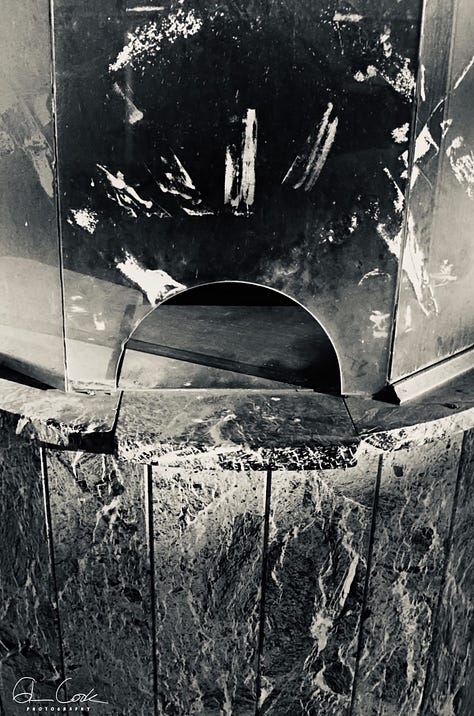

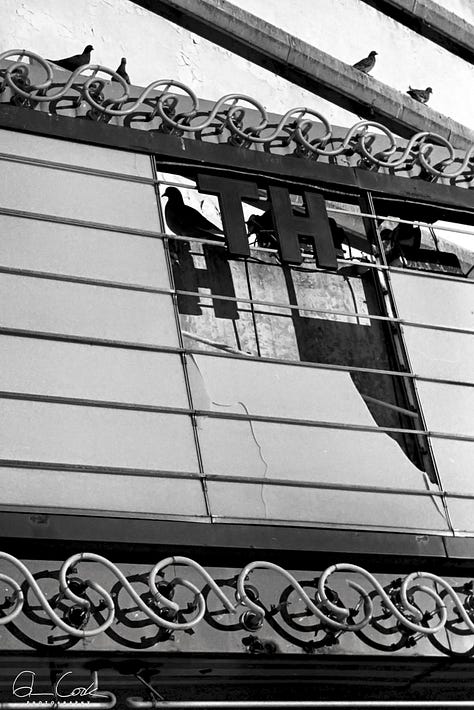

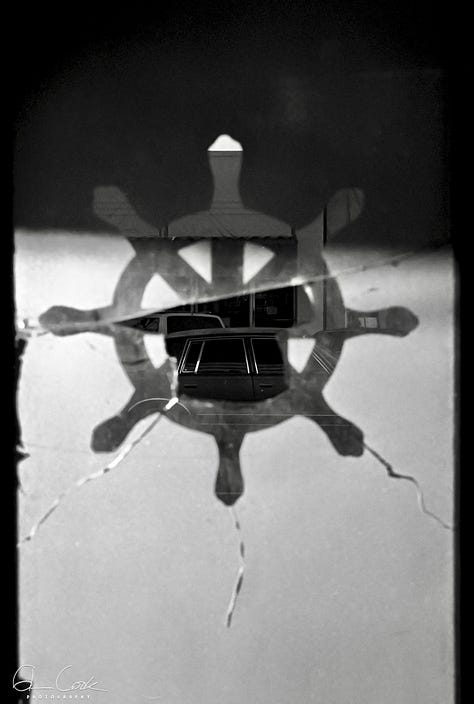



In many ways, The Showboat’s fate mirrors that of many single-screen theaters in towns across the U.S. Closed for more than two decades, the building was demolished in 2000. Unlike many towns, however, the theater’s identity is still present. As part of a Sixth Street rejuvenation project, it was replaced with a smaller replica of the original theater. The Showboat Pavilion, as it is known, now hosts indoor and outdoor events.
Walking around the drive-in property was easier, but the subject matter was not as interesting. None of the screens remained and the main concession area had been gutted. The photos you see below are the best of what I managed to get.

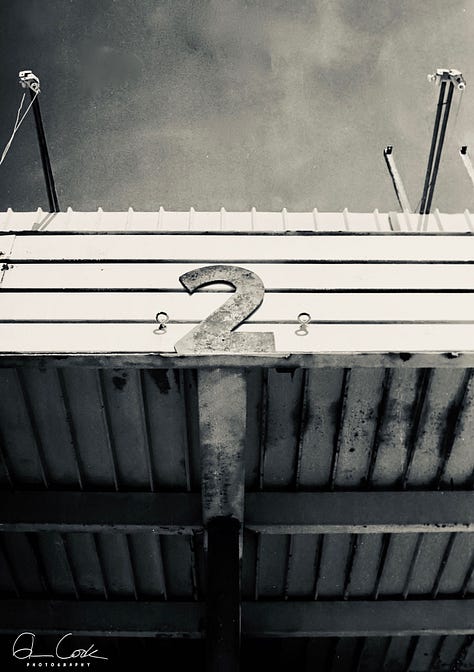
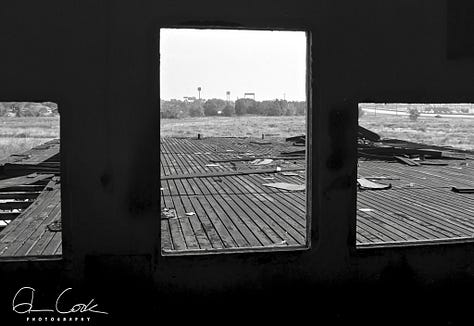

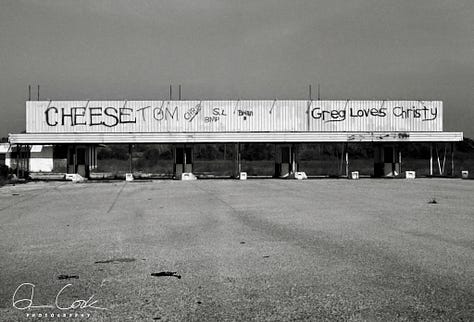
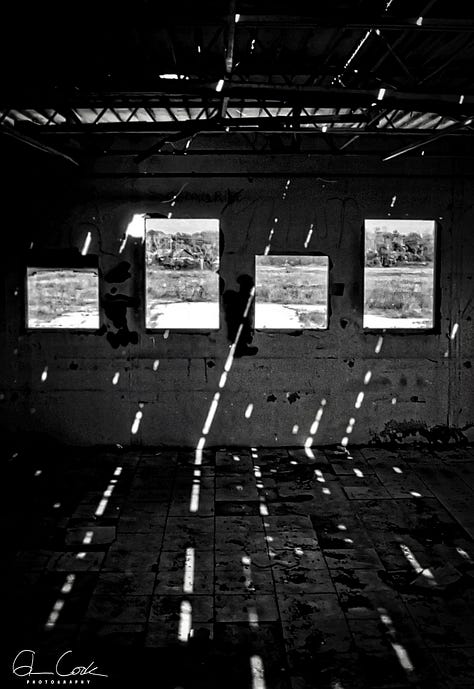
I wish I could tell you the obstacles that were in my way — limited permission to explore, not much to see — prevented the photos from being better, but that would be an excuse. I had only one camera, one lens, and one day to shoot, and I hoped against hope that I could convince my boss to let me put the photos on the Lifestyle page.
Always in search of content, he did. As soon as the piece was published, I left my photography class with my A.
Epilogue
While the A and completing the class was a momentary salve to my health/quality of life/miserably needy GPA, I knew I had given an opportunity to learn more about photography the short shrift. At the time, I rationalized that it was not for me, given my lack of skills and general distaste for working with film in a darkroom.
But as anyone who reads this knows, digital proved to be a game changer because — and I think this is 90% of photography — I have an eye for composition. Over the past 14 years, it has become more than half of my business and my favorite creative outlet.
Several years ago, I had a bunch of old negatives scanned, one of which was this set. It gave me a glimpse of hometown history and the opportunity for a mea culpa from a one-time student who didn’t try hard enough.
Some 30 years later, in the fall of 2019, I took my second photography class — a weeklong workshop in Maine that allowed me to explore the theme of “Art from the Heart.” Driving along the coast in the town of Waldoboro, I passed by the Waldo Theater, which had been built in the mid 1930s and was being restored by community volunteers.
Thinking back to my long ago school project, I knocked on the door and was allowed to take a tour. The volunteer who was waiting for workers to come in was even kind enough to turn on the lights, allowing me to snap a few photos of something — an old movie theater — that remains close to my heart.
Here are a few photos from that day.
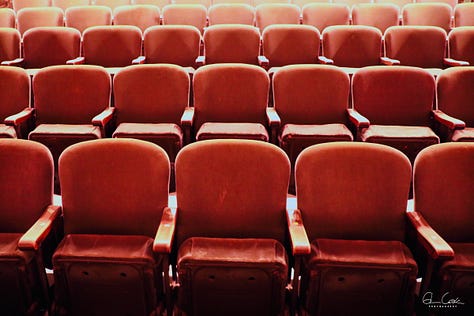
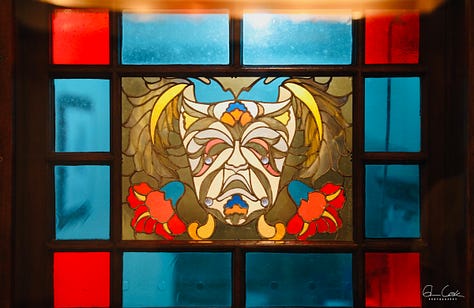

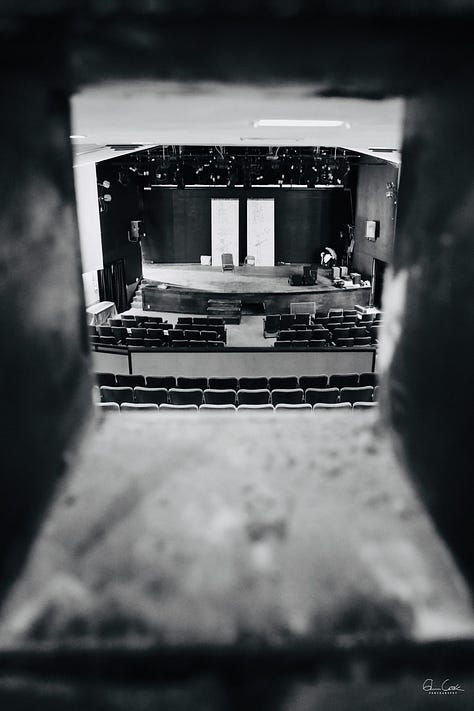
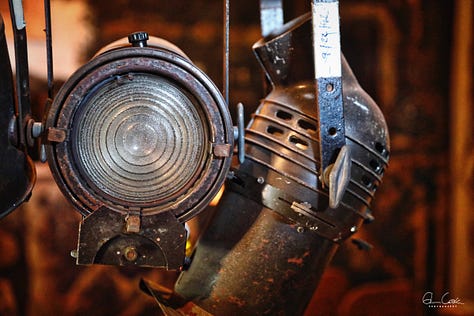

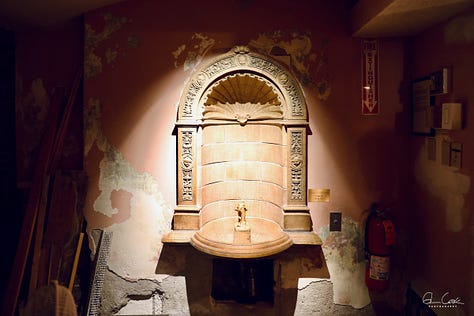
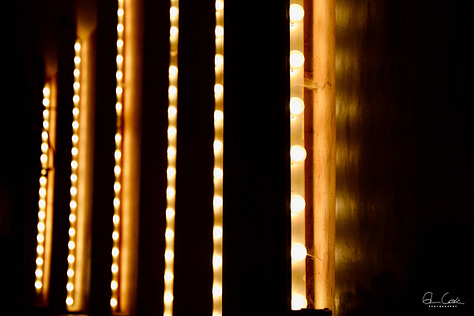
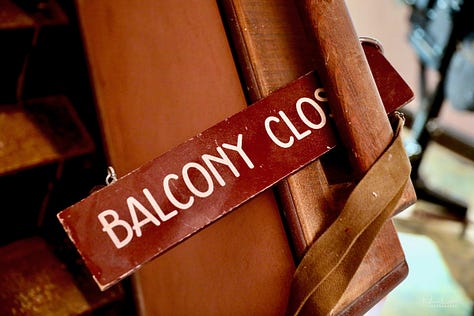
Finally, I’ll end this journey with two more photos of old movie theaters, both taken in Texas. The first is the former Redland Drive-In. Located north of Lufkin, the theatre was torn down in 2018 and is now an RV park. I snapped this photo on a trip to Longview with my mom and my oldest son, Nick, in the summer of 2017. The next time we passed by on U.S. 59, it was gone.
The second photo is from my trip to Longview earlier this year with my youngest son, Ben. We stopped in Kilgore and took photos of the old downtown, including this one that includes the Crim Theater. You can read more about Kilgore by clicking on the link below.



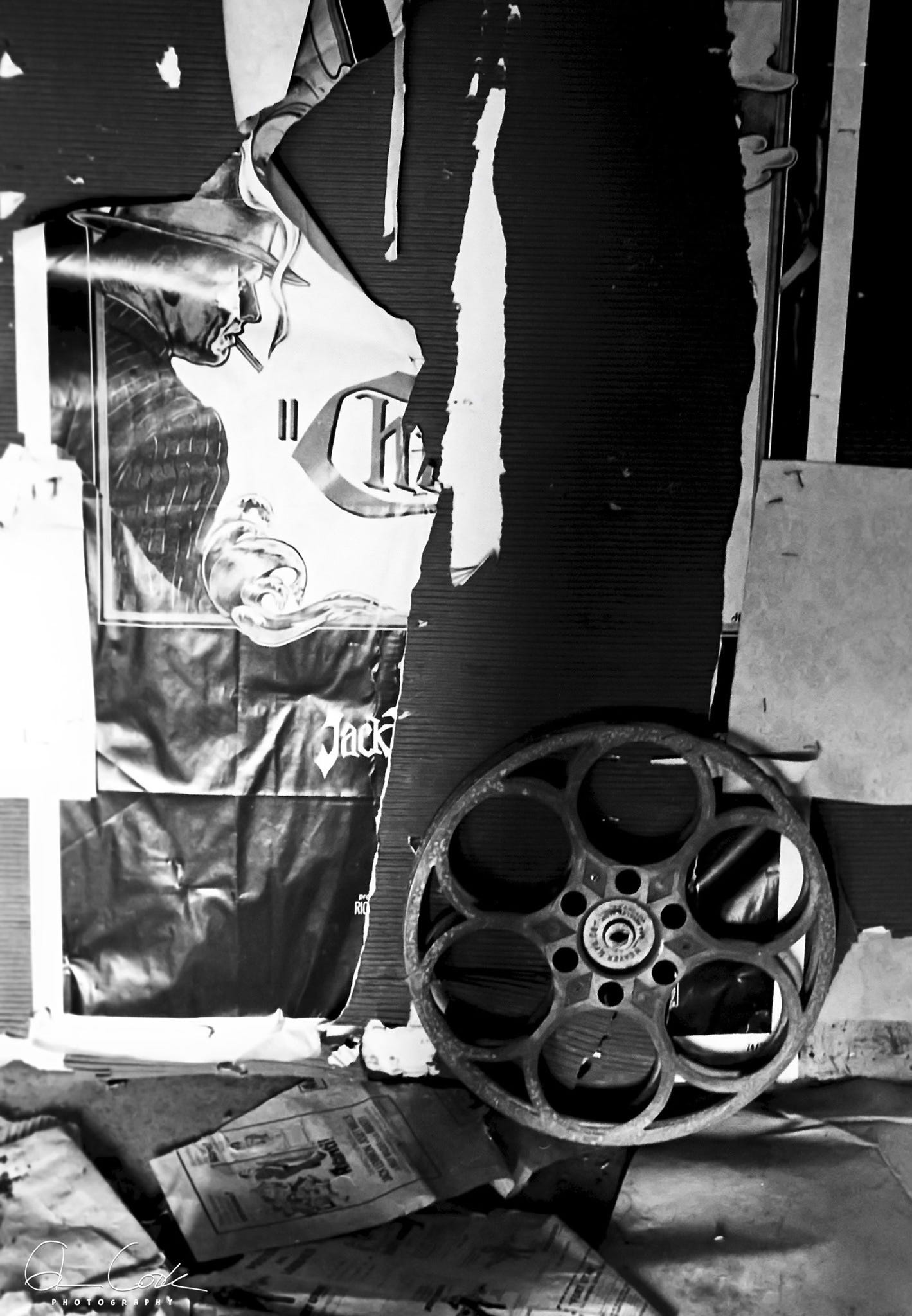
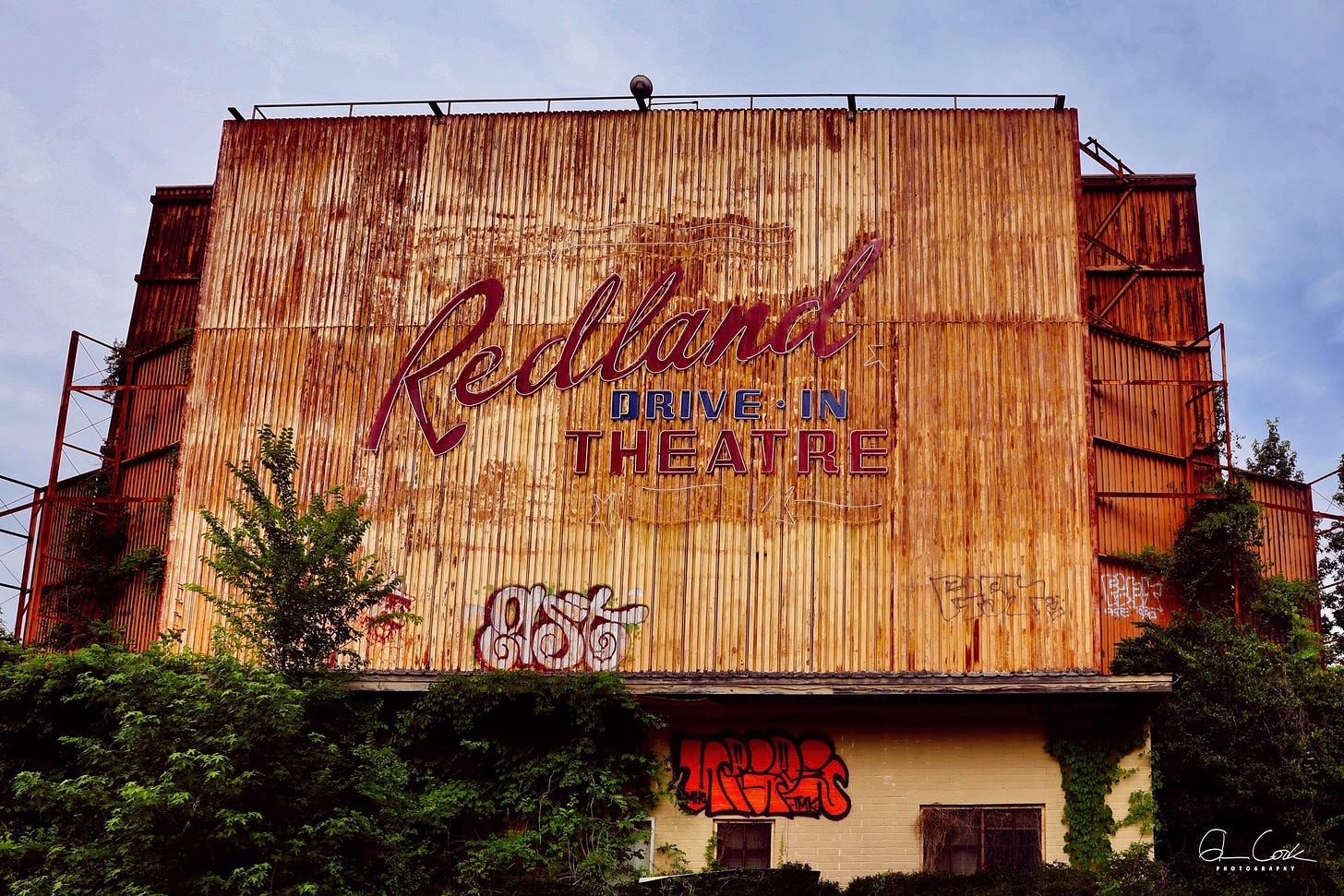
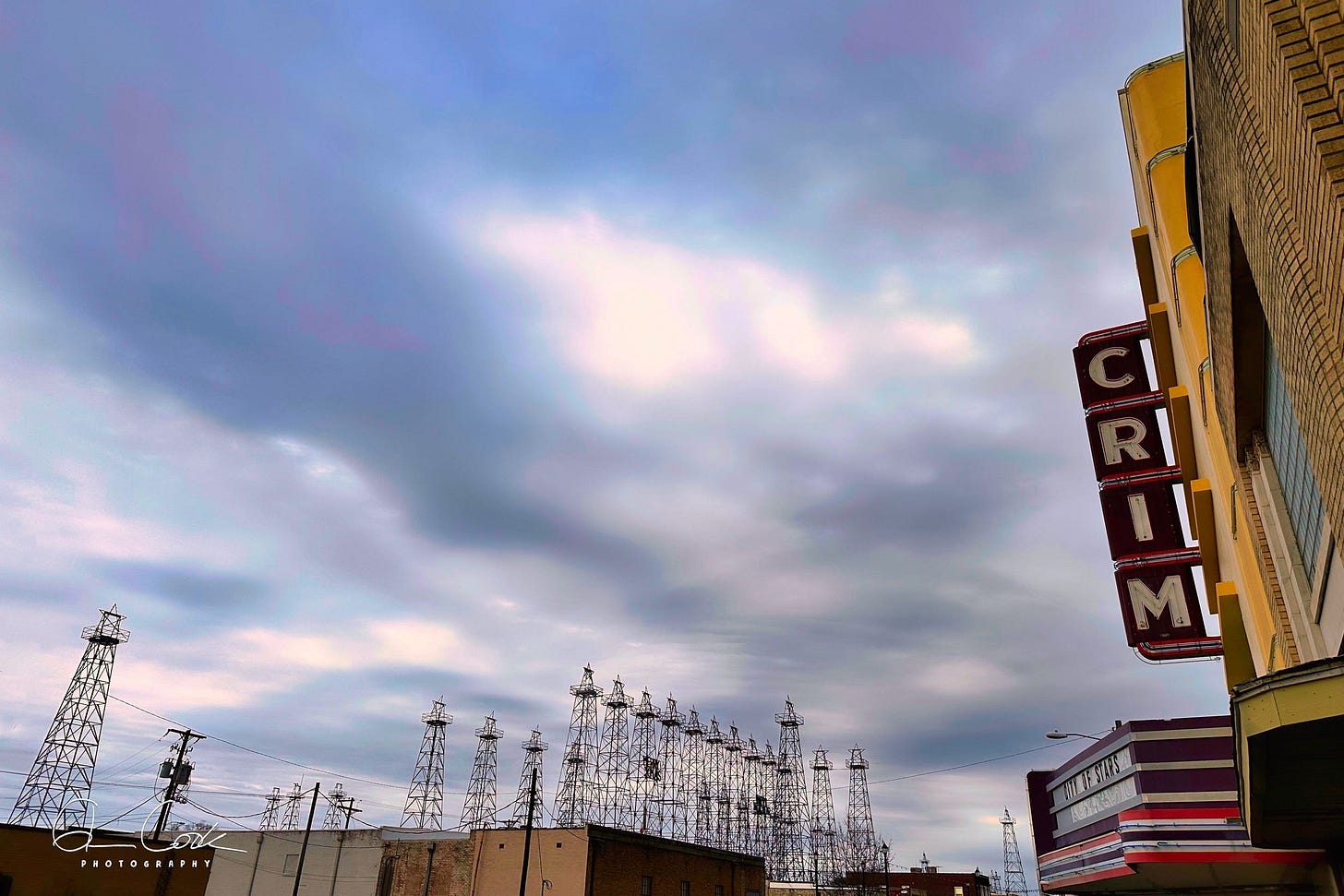

Hi Mr. Cook. I am the local history librarian in Texas City at the Moore Memorial Public Library. I would love to talk a bit about your experience with the Showboat Theater. If you have a moment, can you call me at the library at 409-643-5977? Thank you kindly. P.S. Excellent article by the way. Best!
In the photo set of The Bayou, what is the picture in the lower left?